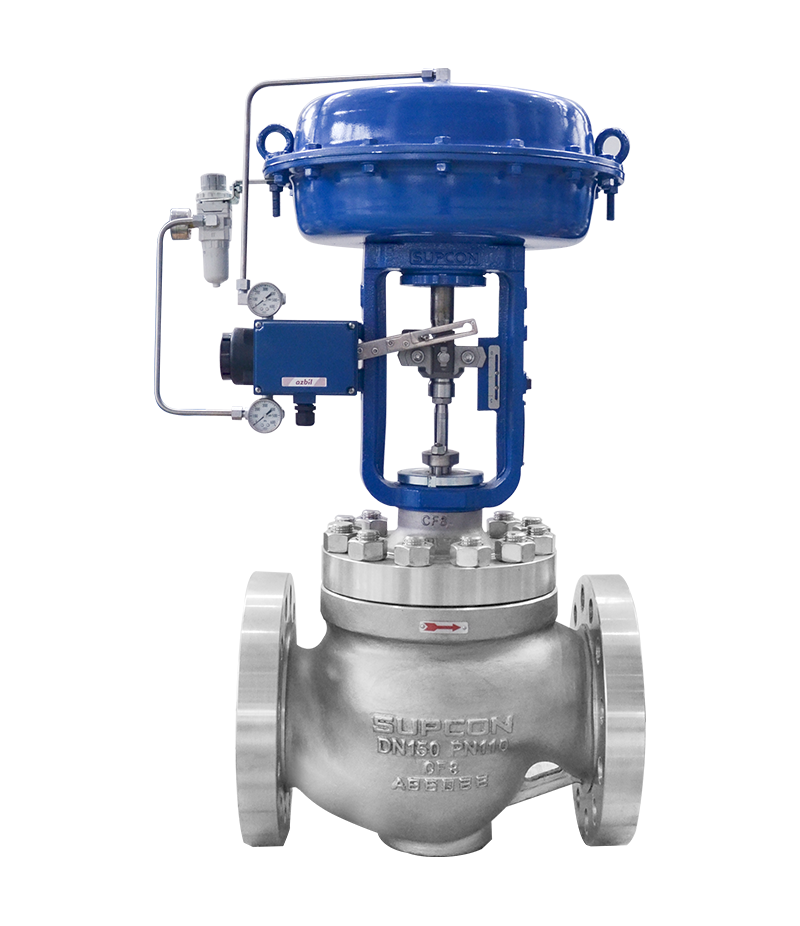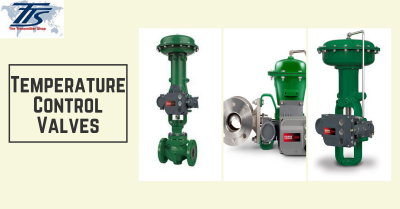
Maximize Power Cost Savings and Comfort With Advanced Building Automation Controls
In the realm of modern-day design and center management, the assimilation of innovative building automation controls stands as a pivotal development. The merging of modern technology and sustainability has actually birthed a brand-new era where energy performance, convenience optimization, and operational streamlining are no more achievable realities however remote ambitions. By harnessing the power of automation, structures can adjust, respond, and advance in manner ins which were as soon as unbelievable. The possibility for significant power cost savings and improved convenience is not simply an assurance but an opportunity waiting to be fulfilled. This standard change in building management holds the vital to opening a world where environmental conscientiousness and occupant health harmoniously exist side-by-side within the walls of our structures.
Power Effectiveness Advantages
Power efficiency benefits can significantly reduce energy consumption and functional prices in structures. Energy-efficient systems, such as innovative structure automation controls, can maximize the use of resources like illumination, home heating, and cooling, leading to reduced power costs over time.
Additionally, boosted power efficiency can prolong the life expectancy of building tools and systems. By running much more efficiently, heating and cooling systems, lighting fixtures, and other structure elements experience less deterioration, leading to lowered upkeep and replacement prices. Additionally, energy-efficient structures often regulate greater property worths and rental rates, supplying long-lasting economic benefits to owners.
Moreover, energy efficiency can improve resident convenience and efficiency. Properly managed indoor settings with optimum lights and thermal problems create a more favorable and positive workspace, resulting in enhanced worker satisfaction and performance. Overall, the power efficiency advantages related to sophisticated structure automation controls are complex, incorporating expense savings, environmental stewardship, and passenger well-being.
Boosted Comfort Control
Enhancing comfort control in structure atmospheres needs an advanced integration of sophisticated automation systems for optimum passenger well-being. By utilizing innovative structure automation controls, centers can tailor the indoor atmosphere to meet the details needs and choices of passengers. These systems enable precise policy of air flow, temperature level, and lights, producing a comfy and effective atmosphere. Occupant contentment and efficiency are closely connected to thermal convenience, making it vital to have systems in position that can adjust to transforming problems in real-time.
By incorporating these innovative controls, structures can not only boost convenience but likewise enhance power effectiveness by enhancing system procedures based on actual occupancy and usage patterns. Ultimately, prioritizing passenger comfort through advanced automation systems leads to a much more enjoyable and much healthier indoor setting.
Operational Effectiveness Improvements

Furthermore, the execution of real-time surveillance and analytics devices makes it possible for structure operators to determine power inadequacies and functional abnormalities without delay. By continually monitoring power use patterns and system efficiency metrics, adjustments can be made in real-time to enhance power intake and make sure peak operational effectiveness. control valves. Additionally, integrating demand action techniques into structure automation controls can additionally enhance operational performance by dynamically readjusting power use based on grid conditions and pricing signals
Indoor Environment Optimization
Efficient interior environment optimization is a basic element of building automation controls, guaranteeing occupants' convenience and well-being while maximizing energy savings. By making use of advanced sensing units and controls, building automation systems can constantly adjust and keep an eye on temperature level, moisture degrees, air top quality, and air flow to develop an ideal interior atmosphere. Keeping comfortable and constant problems not only improves owner satisfaction yet also boosts productivity and general wellness.
Indoor environment optimization check likewise plays a crucial function in energy effectiveness. By fine-tuning ventilation, air conditioning, and heating systems based on real-time information and occupancy patterns, building automation controls can considerably reduce power usage - control valves. For example, applying approaches such as demand-controlled air flow and thermal zoning can assist reduce power waste while making sure that each area of the structure obtains the needed conditioning.

Lasting Atmosphere Development
Structure automation manages not only optimize interior climate problems for power effectiveness and resident comfort but additionally lay the structure for creating a sustainable setting with tactical management of systems and sources. By incorporating sophisticated building automation technologies, such as sensing units, actuators, and intelligent software, facilities can monitor and readjust power usage in real-time to reduce waste and decrease their carbon impact. These systems make it possible for predictive maintenance, recognizing possible concerns before they escalate and maximizing equipment efficiency to improve durability and efficiency.
Moreover, sustainable environment development extends beyond power administration to encompass water preservation, waste reduction, and interior air quality enhancement. Structure automation here controls can control water use, identify leaks, and make certain appropriate waste disposal techniques, adding to general sustainability initiatives. Furthermore, by keeping track of and regulating ventilation and filtering systems, these technologies improve owner health and wellness and productivity while reducing energy usage connected with cooling and heating operations.
Final Thought
To conclude, advanced building automation manages deal considerable advantages in regards to energy savings, comfort control, operational performance, indoor climate optimization, and creating a sustainable atmosphere. By applying these controls, structures can accomplish optimum efficiency while reducing energy usage and enhancing occupant comfort. It is obvious that using innovative automation modern technology is essential in improving structure efficiency and developing an extra lasting future.
Power performance advantages can substantially minimize power usage and operational expenses in buildings. Generally, the power performance advantages connected with sophisticated building automation controls are diverse, including expense savings, environmental stewardship, and occupant well-being.
In addition, integrating demand response approaches right into building automation controls can further boost functional effectiveness by dynamically readjusting power use based on grid conditions and prices signals.
Structure automation manages not only maximize indoor climate conditions for power effectiveness and occupant comfort yet also lay the foundation for developing a sustainable environment with tactical monitoring of resources and systems.In final thought, progressed structure automation controls offer considerable benefits in terms of power cost savings, comfort control, operational effectiveness, interior climate optimization, and creating a lasting atmosphere.